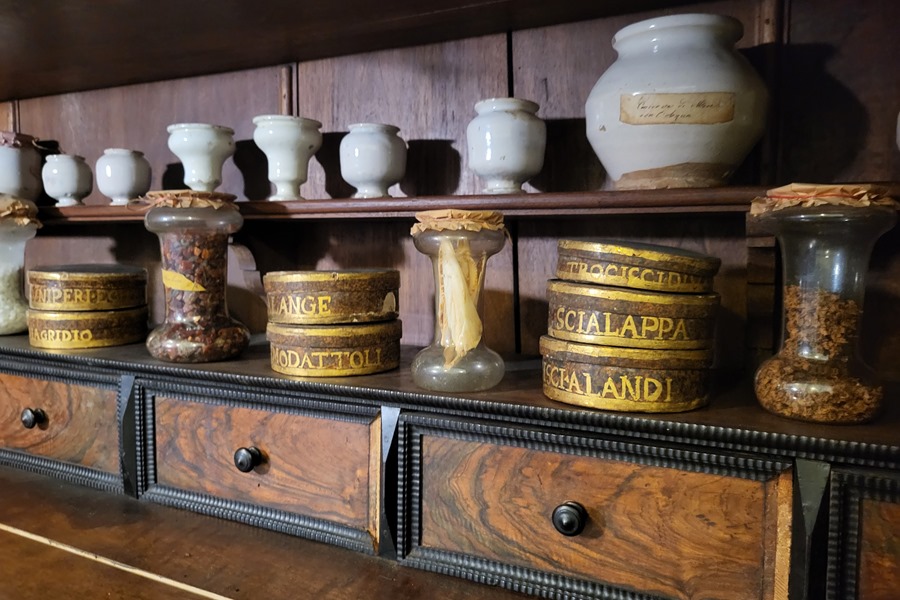Cristina Cabrejas |
Vatican City (EFE) restoration, in one of the rooms of the Vatican Museums and can be visited by the public for the first time.
Close to the stairs that lead to the Sistine Chapel, visitors to the Vatican Museums, accompanied in small groups -given the small space and the delicacy of the objects- will be able to immerse themselves in what was an authentic apothecary where the Benedictine nuns worked in the 16th and 17th centuries.
The Santa Cecilia apothecary “represents a unique example of its kind due to the integrity of the collection that is formed: the instruments, vases and even the spices that were used in the 16th century and preserved until today after Pope Pio in 1936 XI decided to transfer them to the Vatican to be preserved because with disuse they were being lost”, explains Luca Pesante, from the Department of Decorative Arts of the Vatican Museums, to EFE.
The transfer, practically of the entire pharmacy, from the Roman neighborhood of Trastevere where the convent is, allowed time to stop and even in the different jars, vases and drawers the objects and ingredients used in the past for the manufacture of medicines have been preserved. .
In addition, one can observe placed on the shelves the porcelain vases of a characteristic cobalt blue color where the syrups and ointments were kept, in jars ordered of greater or lesser size, as mentioned in the handwritten diary that narrates the transfer of the pharmacy from monastery to the Vatican Library in 1936.
The perfectly preserved albarelos are decorated with the name of the medicine or figurative elements such as the recurring vine leaf, or large masks, faces, angels, vines or flowers.

A mortar of a Roman capital
A large mortar, recovered from a Roman capital, and the two wooden lathes in which the herbs were squeezed to extract their essence have also been preserved.
“The extraordinary aspect of the apothecary is precisely its integrity. Very diverse objects are still preserved, from huge presses to containers for herbs, but above all the most interesting: the ingredients that were kept in the vases and in which we find herbs, corals, amber, seeds, leaves of various plants and this makes it one of the most interesting pharmacies in our entire peninsula”, explains Pesante.
The study of all the objects has also made it possible to reconstruct the history of the potter who made these ceramics, Vincenzo Brizzelli from the town of Monteluppo Fiorentino (Tuscany, center), who lived in the convent to make them and gave them that hue reminiscent of the sets of apothecaries around the world and of the time: brilliant cobalt blue.
For the director of the Vatican Museums, Barbara Jatta, “it is the result of a long study that has not only focused on ceramics, but also on the pharmacy, after it went from the Vatican Library to the museums in 1999.” , which allowed its study since then and this makes us very happy because it is one more piece in the knowledge of these precious materials”.
A door inside the old “Spezieria”, as the apothecaries of the convents were defined, leads to another new room that will also be open to the public, the Ceramic Room, where the Vatican collection of medieval ceramic ceramics is exhibited. mediaeval and modern.







